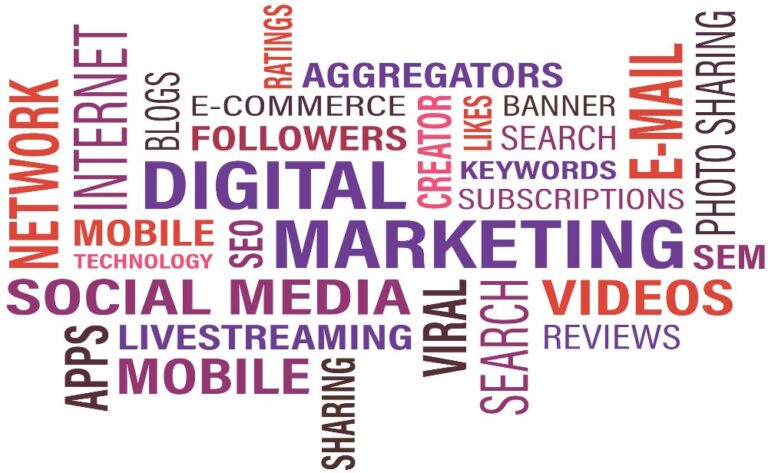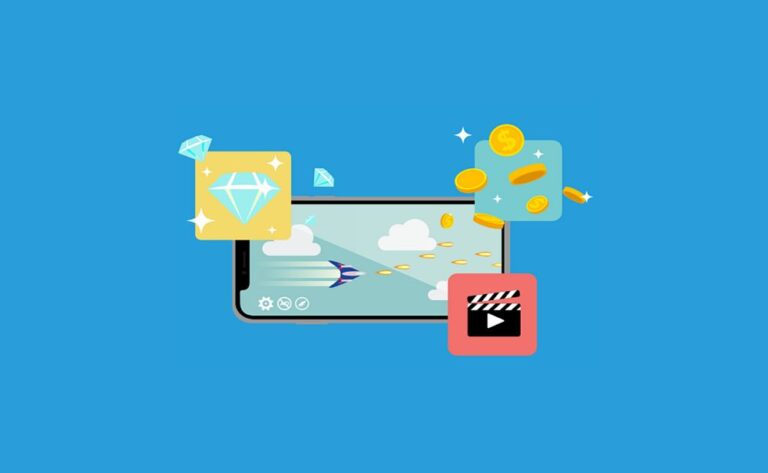4 Ways to Convert More Site Users into Leads and Customers: Examples, Tools and Tactics
Would you like to see a greater percentage of visitors to your website become purchasers or customers?
According to recent sources, the situation is getting progressively more challenging as the purchasing processes of customers to get ever more involved:
• More than fifty percent of customers prefer to shop online since it is simpler for them to compare prices. (For further information, check out this source: Oberlo)
• 63 percent of consumers who inquire about a product’s availability plan to wait at least three months before making a purchase after doing so. (Information obtained from Marketing Donut; link opens in a new window)
• These days, anywhere from six to ten persons are engaged in the decision-making process for a B2B purchase. (Open this link in a new window for the source: Gartner)
And let’s not forget about the anecdotal car-buying experience that resulted in more than 900 internet engagements, including Google searches, viewing videos and images, comparing prices, and communicating with sales representatives, among other activities. (Open Link in new window)
There is no longer a straight progression to the buying process. In point of fact, they are more like “journeys” these days, complete with a large number of “touchpoints” (such as website visits, form filling, and interactions via social media), in addition to occasional distractions and interruptions.
Is there a method to shorten the buying journeys of site visitors once they have landed on one of your pages? This is important since you may not always have control over the discovery phase, which is the time when your ideal clients are still considering their many possibilities.
There is no silver bullet for such a massive undertaking, as it is made up of many different components. The following is an outline of some of the more effective strategies that may be used to convince more of the visitors to your website to finish their journey on your website rather than going elsewhere to continue it.
1. To begin, the Things First and foremost, give your key pages some lift.
In the frenetic atmosphere of the modern internet, people have the need to navigate away from a particular website practically as soon as they arrive there.
Therefore, ensuring that people continue to engage with your website and preventing them from leaving is the step that is by far the most crucial in this process.
And one of the most important things to keep in mind is to make sure that your page loads quickly (Open Link in new window). Customers’ expectations regarding the quality of their web experience continue to rise in tandem with the expansion of the web.
According to a survey that was published by Google (Open Link in a new window), if it takes a mobile page longer than three seconds to load, more than fifty percent of users will abandon a website. That is, all it took was one, two, and three steps, and then bang, you lost more than half of your visitors.
On the plus side, decreasing your page’s load time by 0.1 seconds can result in an 8% increase in conversion rates.
This is a massive deal.
Monitor the amount of time it takes for pages to load, paying particular attention to the performance of critical pages that are intended to convert site visitors into paying customers, such as the product pages and the checkout page. This includes ensuring that your code is neat (Opens a new window), that your photos are optimized (Opens a new window), and that your website is optimized for mobile use.
2. Motivate them to take action through the use of personalized marketing.
Personalization in marketing has long been proven to be an efficient way(Open Link in new window) to keep web users on a specific site and to enhance conversions. (Open Link in new window) However, there are not a lot of brands that are making the most of this strategy.
The truth is that personalization powered by AI does not need to be overly sophisticated or expensive. There are some highly effective solutions available that supply AI-driven technology.
Dialogue is an e-commerce personalization platform that provides online customers with a variety of tools and features that prompt them to make purchasing decisions based on their intent and desire and convert them into buyers. This platform may be accessed by opening this link in a new window.
Instead of recommending things that are comparable to one another (or even those that match), the platform makes suggestions based on the specific journeys of individual customers, which makes the products extremely impossible to refuse.
3. Eliminate Barriers
This one might appear to be self-explanatory, but many of those barriers are still in place.
In point of fact, a good number of those obstacles are there for legitimate commercial purposes. For instance, a business might mandate that in order for customers to buy a product, they must first “request a demo” of the item in question. And there could be a good reason for that: they want to make sure that the appropriate product is sold to the right buyer.
Another illustration of this would be the fact that in order to execute a transaction, the consumer first needs to register for an account with the business. This is typically done with the intention of collecting data about customers in order to better personalize their experiences moving ahead.
It is impossible for any of us to rely on strategies that appear to have been successful for a considerable amount of time given the current level of competition that exists across almost all industries.
There is never a wrong time to try out innovative approaches to marketing and sales. The following is a list of some suggestions that can help you reduce the length of the buyer’s journey by removing barriers:
• Give some thought to restricting your choices. There are instances when customers are faced with an overwhelming number of purchasing options, which forces them to pause, consider, and ultimately put off making a purchase. If there is a means to get rid of your plans or product suggestions, you should think about putting it to the test.
• Put a “Buy now” button up for testing right now. Create a “Buy now” button that eliminates the need for your clients to “Add to cart” and then navigate from page to page in order to make a purchase. This will ensure that they are not distracted when making their purchase. In place of the “Add to cart” button, WooCommerce now has a “Buy now” button (Open Link in new window), which enables customers to make a fast purchase of a product of their choosing without even having to navigate away from the product page.
4. Curate & Publicize Social Proof
Never undervalue the influence that social proof can have (reviews and testimonials). An online review is considered to be of equal importance to a personal suggestion by nearly nine out of ten consumers (Open Link in a new window).
Before going to a store, ninety percent of consumers will first read reviews posted online at sites like Yelp and TripAdvisor.
Simply put, if you don’t provide social proof on your website, up to 90 percent of your visitors might go elsewhere (or at least pause in the middle of their journey through your site) to look for it.
It is a good idea to try out a variety of different kinds of social evidence in a variety of different formats. It could be in the form of tweets including testimonials, videos containing product reviews, or tailored Instagram demonstrations:
Converting your testimonials into videos allows you to reuse them as assets on YouTube as well as content for your site. This is yet another beneficial suggestion. This is something that can be readily accomplished with the help of applications such as InVideo (Open Link in a new window), which make it simple to build video slideshows:
Experiment, and Then Experiment Some More!
You should not put any of these digital marketing strategies into action until you have first tested them, as is the case with virtually every other digital marketing technique.
Finteza provides a simple method to perform A/B testing (Open Link in new window) on anything you want on your website, eliminating the need to spend money on pricey tools.
For those who use WordPress, here is a simple guide (Open Link in a new window) on the topic of Conclusion.
There is a good chance that there are many more ways to reduce the buying journeys of your customers and enhance conversions. However, the following four pointers are among the most effective ones, and they may be applied to virtually every market sector. The good news is that each of these strategies will also make the lives of people who use your website simpler; as a result, you can anticipate seeing an increase in the number of repeat clients. Best of luck!







